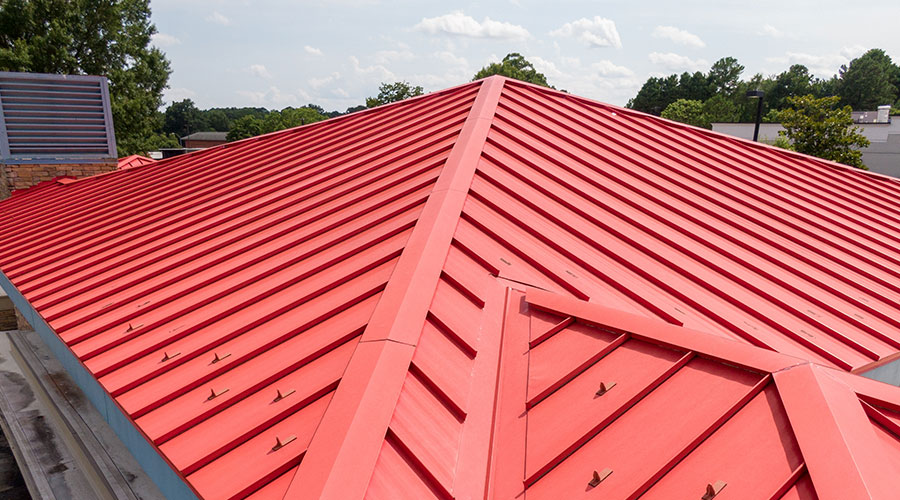The Importance of Roof Maintenance
Six steps guide facility executives in developing a roof asset management program
Roofs are no longer merely the skin on the top of a building. Today, the roof is an integrated component of a complex building envelope system that includes the foundation, walls, windows, masonry and structural components. All those components combine to provide an energy efficient, waterproof envelope. With energy efficiency becoming a crucial goal, the roof is expected to perform functions beyond merely providing a waterproof surface on the top of the building.
Since 1970, the number of roofing systems manufacturers has increased from approximately a dozen to nearly 500 today. The complexity has increased with single-ply roofs such as polyvinyl chloride (PVC), thermoplastic olefin (TPO), and ethylene propylene diene monomer (EPDM), all known in the trade as chemical roofs. Moreover, the advent of cool roofs, green roofs, modified bitumen roofs, and protected roof membrane assemblies have added complexity to the roof decision-making process.
All this means that it is more important for facility executives to consider roof life-cycle management to obtain the best value for a roof. It’s a process that starts with due diligence with roofing selection. But really, it means a switch in philosophy — from seeing the roof as a set-it-and-forget-it building technology to managing the roof as an asset, just as other types of investments in the building or the organization in general are managed.
The facility executive plays a critical role in developing an overall roof management program. For example, facility executives with one million square feet of roof under their control face an investment of about $15 million in 2008 replacement cost dollars. The benchmark life for roofing systems in the U.S. is about 20 years. The average life of low-slope roofs in the U.S. ranges from 10 to 22 years depending on the type of building, use of the building and quality of the maintenance program. Failure to have a roof management program can result in millions of dollars in unplanned emergency roof expenditures. Moreover, energy savings from new energy-efficient roofing systems during the replacement cycle of the roof management program will produce additional savings.
But a roof management program won’t spring up on its own. Facility executives should consider the following six steps to optimize their roof asset management system.
Related Topics:

















